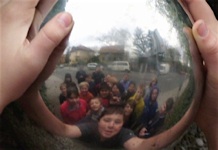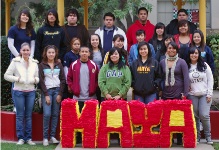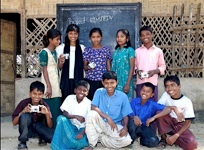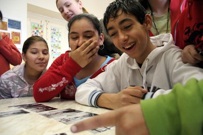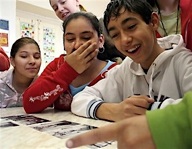FREQUENTLY ASKED QUESTIONS
Why do students and teachers participate?
Students crave learning experiences that have relevance, meaning, and purpose. The In Our Global Village (IOGV) process deepens and makes more tangible the concept of “community” for students. They engage in action research, getting to know the people, the history, and the current daily experiences that make their community vibrant and unique. Teachers report that students go far beyond expectations in how they apply themselves and work with others to create a book. It enlivens and transforms their academic work to know that their words will reach a global audience, their photographs and drawings will be seen by youth all over the world, and the stories of their “village” matter.
What kinds of books do students create as part of In Our Global Village?
Every IOGV book is unique, capturing the diverse ways students and young people see their “village.” Some books offer a collection of community “snapshots” similar to the original book written by Awet Secondary School students. Others are more targeted: for example, a collection of oral histories from local elders and a bilingual field guide to birds. The design of IOGV is meant to be adaptable to any learning environment, curricular objective, and student ability.
How many books have been produced so far?
Over 50 IOGV projects are currently underway or complete, both in the United States and internationally. The response has been a testament to the educational value that teachers recognize as inherent to the process.
How do I join?
Please register your interest by e-mailing inourglobalvillage@whatkidscando.org. You will receive, in turn, e-mails and communications about the program.
What are the requirements to participate?
There is no “right” process for creating your own IOGV publication. We offer, however, the following guidelines.

